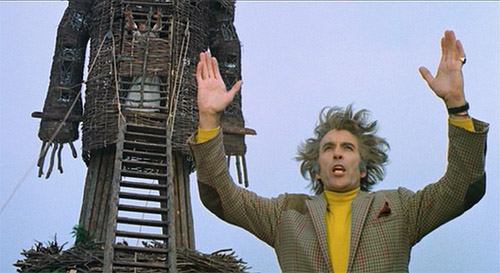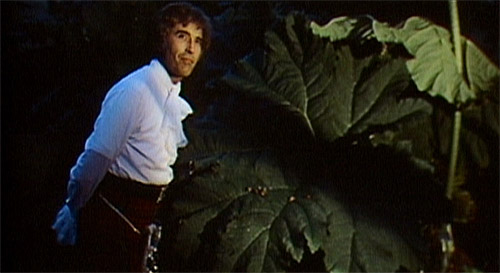Date read: 5.5.10
Book from: Borrowed from Kakaner
Reviewer: Emera
On an Earth whose surface has been scorched into uninhabitability by the expanding sun, a lone, gun-toting traveler arrives at what may be humanity’s last outpost. At the bottom of the former Marianas Trench, a group of scientists have established a settlement complete with gardens and a space shuttle equipped for escape from the burned-out planet. The new arrival, who simply calls himself the Pilgrim, is at first welcomed as a much-needed defender against the various mutated beings that prowl the trench, but his fanaticism-fueled taste for destruction may bring unwanted consequences.
This mini-series (a sequel to the 2001 Just a Pilgrim, which I realized only belatedly) got a big meh from me. While the concepts and imagery are gratifyingly ambitious, the overall direction of the plot is way too obvious if you know anything at all about Garth Ennis and his pet topics, i.e. have read Preacher. As much as I love Preacher, Ennis’ expression of his anti-Christianity is so extreme and lacking in nuance that I had no interest in swallowing it twice. Just a Pilgrim was pretty hilarious to read shortly after seeing the recent film The Book of Eli, though, which is diametrically opposed in its message and about as lacking in depth – I think if you put a copy of Pilgrim and a recording of Eliin the same room, they’d explode each other.
Artwise, I did like Ezquerra’s monumental vistas and Paul Mounts’ mucky textures and bruised, sweltering color palette of intense purples and oranges, although occasionally the color choices did end up being hard on the eyes.
For the record, I also tried to read the original series but couldn’t maintain interest, for about the same set of reasons that I had a hard time getting through Garden of Eden, but also because the art had a much cruder look to it, despite the artistic team being the same.
Conclusion: if you’re looking for Western grit, post-apocalyptic atmosphere, and fairly mindless violence involving mutant jellyfish and hammerhead sharks, you may like this. Just don’t expect depth or anything approaching meaningful commentary on… anything, really.
Go to:
Garth Ennis
The Boys, by Garth Ennis and Darick Robertson (2006-200*) E

